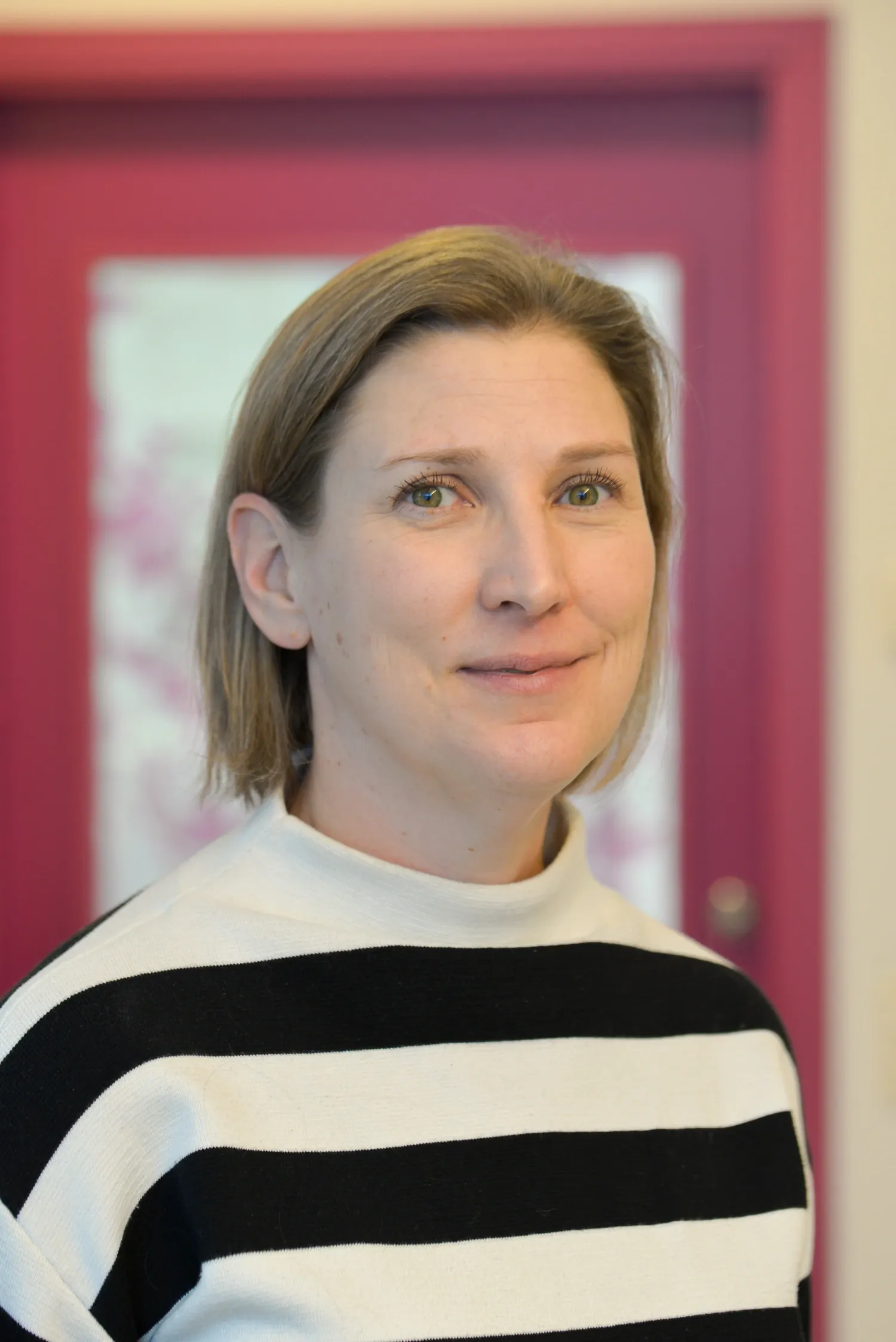Stem cell therapy reduces fractures in children with congenital brittle bone disease

A new study from Karolinska Institutet and Karolinska University Hospital shows that stem cell therapy can reduce fractures by up to 78 per cent in children with the rare condition osteogenesis imperfecta (OI), also known as congenital brittle bone disease.
At the international OI conference in Hong Kong, two‑year results from the BOOSTB4 study were recently presented. This is the world’s first clinical trial to combine both prenatal and postnatal stem cell therapy for OI. Some of the children were treated even before birth, through so‑called in utero therapy.
The results are promising: more than half of the treated children in the study had not suffered any fractures at all during the second year after treatment.

“For families living with OI, every fracture is a major strain. Seeing that more than half of the treated children had no fractures at all during the second year is tremendously encouraging. It gives us the strength to continue developing the treatment,” says Cecilia Götherström, docent at the Department of Clinical Science, Intervention and Technology, KI, and coordinator of the study.
Joint effort behind the study
The study, which began in 2020 and is now in its follow‑up phase, was carried out at Karolinska University Hospital. The cells used were produced at Vecura – a GMP‑certified manufacturing facility for advanced therapy medicinal products.
Vecura is a central part of the Karolinska ATMP Center, established in 2023 as a joint initiative between Karolinska Institutet and Karolinska University Hospital. The centre’s purpose is to coordinate research, production and clinical application of advanced therapies, to accelerate the development of new treatments.
Stem cells can change the course of the disease
The BOOSTB4 study shows that treatment with mesenchymal stem cells, which have strong bone‑forming capacity, can not only reduce the number of fractures but also potentially alter the course of the disease. This makes the therapy a possible disease‑modifying treatment – something that has so far been entirely lacking for OI.
“BOOSTB4 is the result of a unique multidisciplinary European collaboration where research, clinical practice and advanced cell therapy come together. It demonstrates that when research and clinic work hand in hand, we can change the lives of our patients,” says Cecilia Götherström.
Osteogenesis imperfecta is a hereditary disease that leads to fragile bones, impaired growth and other serious symptoms. At present, there is no approved treatment that addresses the root cause of the disease; care is mainly focused on preventing fractures and improving mobility.
About the study
The BOOSTB4 study is led by Karolinska Institutet with support from, among others, the EU’s Horizon 2020 programme (681045) and the Swedish Research Council.
The project brings together researchers and institutions from several European countries and is coordinated by Cecilia Götherström, Associate Professor at the Department of Clinical Science, Intervention and Technology at Karolinska Institutet, as well as Head of Laboratory at Karolinska University Hospital. The principal investigator is Eva Åström, researcher at the Department of Women’s and Children’s Health at Karolinska Institutet, and physician and paediatric neurologist at Karolinska University Hospital.
